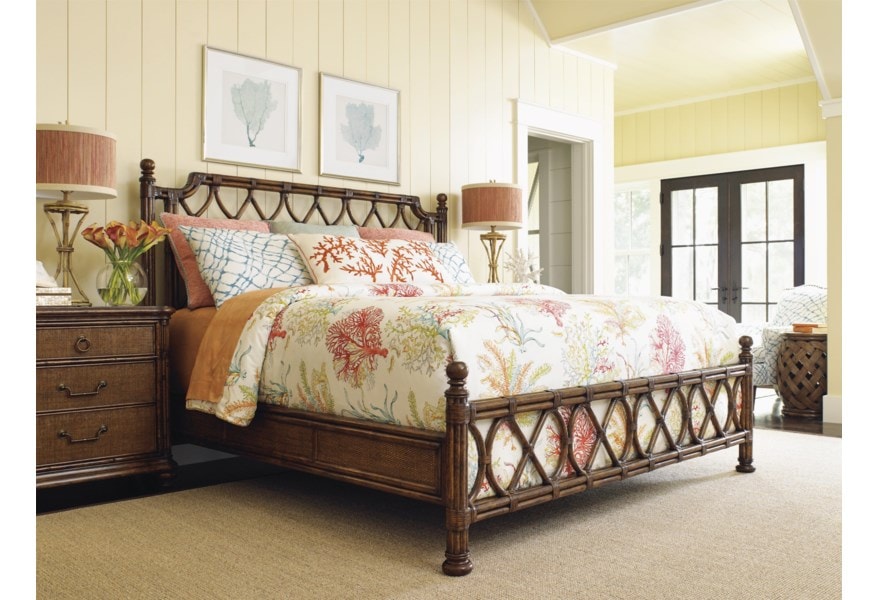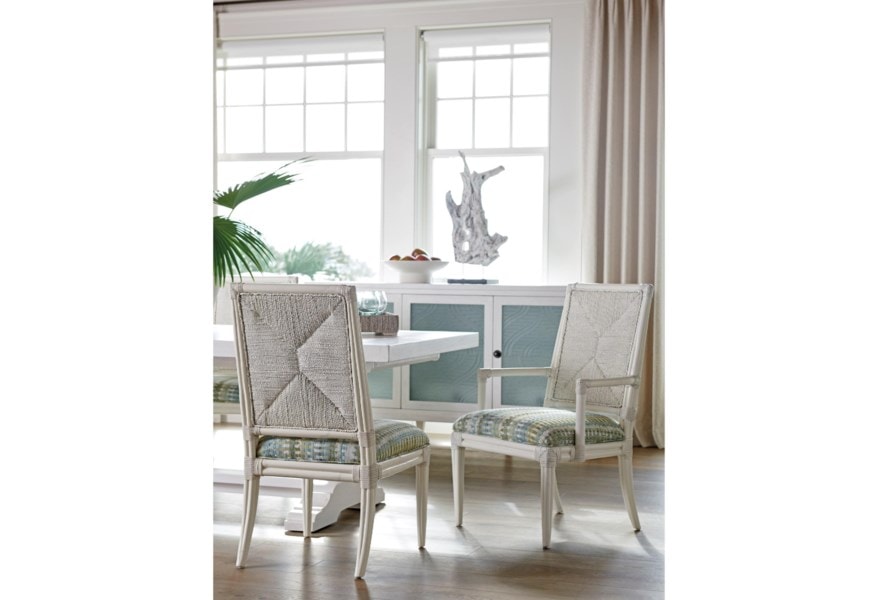How a Room’s Furniture Colors Can Affect Your Mood
If you’ve ever noticed an instant relief sensation when you’ve walked into a hotel room, a restaurant, or a coffee shop, it wasn’t an accident.
Professional designers dedicate years of their lives to learning how to deliver that effect, and the selection of color is an enormous factor. If you’re decorating a room or space, you’ve probably already considered a color theme for your walls, drapes, flooring, carpets, and furniture.
But before you make a substantial investment in high-quality furniture, the design team at Baer’s Furniture wants you to think about how the colors and tones of your pieces will enhance your décor. Read on for professional advice on how to select furniture colors.
A Discussion of Color
Car companies, clothing designers, and furniture manufacturers have spent vast fortunes trying to determine how color affects mood. The most significant factors are brightness, shade, tone, and whether the color is warm or cool. The following list will give you an idea how professional designers use these terms:
Brightness
The brightness or luminescence of color determines the vividness or dullness when perceived by the human eye.
Shade
Shade refers to darker and lighter variations of the same color. Most people are familiar with the paint cards that home improvement retailers provide for free. These usually have shades of the same color on the card. Shades are often achieved by adding varying degrees of black or white to a color.
Tone
Also referred to as “tint,” tone refers to variations of the base color created by adding non-neutral pigments.
Warm Colors
These include red, orange, and yellow and their various shades, tones, and brightnesses. Warm colors are often associated with joy, enthusiasm, excitement, and energy. The bright, lighter-shade yellow walls in this bedroom match perfectly with the natural medium-brown color of this gorgeous Tommy Bahama Rattan Bedroom Set.

Cool Colors
Blue, Green, and Violet are considered cool colors. Depending on the shade and brightness levels, these colors are associated with relaxing, calming atmospheres.
Notice how this coastal-style dining room uses the pale blues of the Tommy Bahama Turtle Point Buffet and matching upholstered chairs to bring a calming, serene aspect to this space.

It’s important to understand that creating a warm, cozy space with cooler shades or a relaxing space with warmer tones is possible. These terms are meant to help us understand the nature of the colors, not to lock us into a construct.
Neutral Colors
Strictly speaking, neutral colors are black, white, gray, and brown, but a broader definition of neutral colors is commonly used in design.
A neutral color is any color that can be combined with a multitude of other colors. Neutrals will also always combine with other neutrals, as you can see in this dining room. The off-white hues of the Palisade Dining Room by A.R.T Furniture, combined with the neutral flooring, walls, and light fixture, create a surprisingly warm and comfortable atmosphere — perfect for an intimate or family dinner.

How to Pick Your Furniture Color For Mood
It’s important to remember that your furniture’s color will usually not be the dominant color of the room. Walls, curtains, floors, and rugs have much more combined surface area than even a large sectional or a California King-sized bed.
But your furniture’s color is consequential. The following steps will help you choose the right color and mood for your room.
1. Choose Your Mood Colors
Red = Passion and Energy
Orange = Enthusiasm and Energy
Yellow = Happiness
Green = Optimism
Blue = Safety and Calmness
Purple = Creativity
Pink = Romance and Playfulness
Brown = Earthiness
Black and Gray = Seriousness and Professionalism
White = Simplicity and Purity
If you don’t agree with the way these colors make you feel, that’s fine. It’s your space. Choose the colors you will feel the most satisfied with.
2. Decide On the Color Division of the Space
We recommend a 60-30-10 split — that’s 60% for the primary color, 30% for the secondary color, and 10% for the accent colors.
Remember to include all elements of the room when you’re making your calculations. Consider neutral pieces if you feel that your furniture will tip the color scheme too much in one direction.
3. Decorate From the Outside In
Begin with your walls and curtains, then add area rugs, then your furniture, and finally your accessories.
4. Decide On All Elements Before Making Purchases
It would be a shame to paint your walls and hang your curtains only to find that you couldn’t locate a sofa, table, or bed in the color that you want. Before you start actively decorating, make sure you’ve found all of the pieces you want.
The design experts at Baer’s Furniture are always willing to help. Let our trained sales staff know about your decorative vision. Shop Baer’s today!

